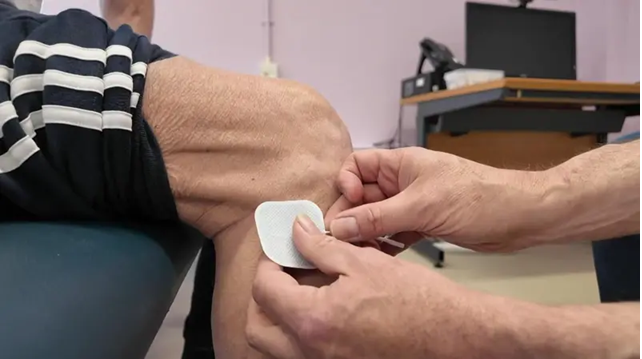All exercise is beneficial and different styles, variety and intensity offer different benefits. However, multiple studies have shown that intense exercise can delay the progress of Parkinson’s.
Intensity creates a lot more opportunities for the brain to change and create new neural pathways by being challenged above its comfort zone.
One study (see reference section at the end of this article) involved participants walking for 30 minutes, four times per week.
Those in the study who did moderate exercise (60 to 65 percent of maximum heart rate) showed no slowing of their Parkinson’s and only a small decline of 1 or 2 points on the Parkinson’s disease scale.
The Unified Parkinson’s Disease Rating Scale (UPDRS) is the most widely applied rating instrument for Parkinson disease. The Total UPDRS score includes 31 items across three subscales: (I) Mental Activity, Behaviour, and Mood; (II) Activities of Daily Living; and (III) Motor Examination.
Those who did mild or no exercise, (under 60 percent of maximum heart rate) showed some worsening of their Parkinson’s, with an average decline on the Parkinson’s disease scale of more than 3 points.
However, those doing intense exercise (80 to 85 percent of maximum heart rate) significantly slowed the progression of Parkinson’s. And importantly, it was well managed by all participants.
This study demonstrated that intense exercise can both be both safe and significantly slow the progression of Parkinson’s.
The challenge is, it’s hard to keep up high intensity exercise. As Parkinson’s causes slow unsteady movement and a false perception of intensity, it’s not recommended that you do the bulk of your intense exercise alone.
It works best when you have someone to watch and encourage you or join a class for that extra push. Feedback from a heart rate device is great for keeping you at the correct 80 to 85 percent intensity.
Be sure to speak to your health professional for guidance and how to work around these issues.
So make sure whatever exercise you do you do it with intensity. Ensure you are safely pushing yourself by adding speed, i.e. doing your exercise faster or by adding some extra weight or increasing the duration of your exercise. These will all increase the intensity of your exercise.
Also know that different types of exercise focus on different Parkinson’s symptoms.
Cardio exercise does improve symptoms overall but if balance is bothering you, also do some balance exercises. If your memory is a concern, add in some cognitive exercises.
But the overall best exercise for Parkinson’s is to increase the intensity of every workout.
References
https://jamanetwork.com/journals/jamaneurology/article-abstract/2664948
https://pubmed.ncbi.nlm.nih.gov/30531382/
https://parkinsonsdisease.net/diagnosis/rating-scales-staging
https://rebelfitclub.com/high-intensity-exercise-beneficial-parkinsons-disease-high-intensity/








